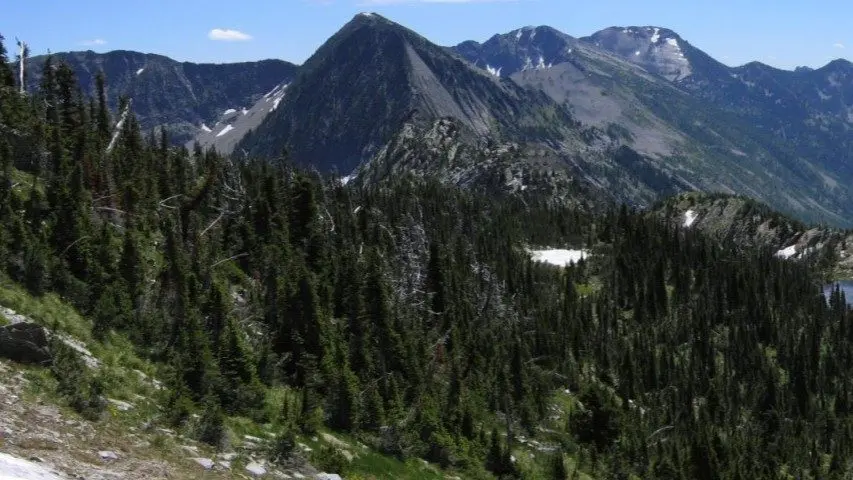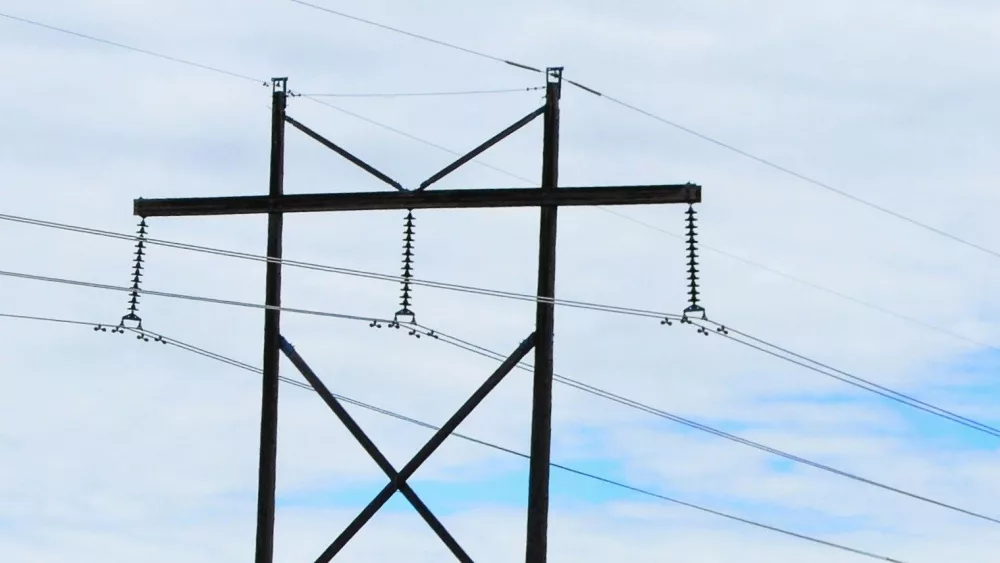LIBBY, MT – The federal government announced last week that the U.S. Forest Service approved a mining company’s exploration permit at an old mining site south of Libby.
Idaho-based Hecla Mining Company will spend more than a decade determining whether the “world-class” copper and silver deposit presents a viable opportunity for future mining.
“We are pleased to see the U.S. Forest Service advance the Libby Project, and we are grateful the FAST-41 process helped move this important project forward efficiently,” Rob Krcmarov, President and CEO of Hecla said in a press release. “This approval represents years of collaboration among federal agencies, local and state officials and other stakeholders. The Libby Project exemplifies our commitment to responsibly developing critical minerals in the United States, delivering long-term economic benefits to our communities, and maintaining rigorous environmental stewardship.”
Hecla said that the Libby Project, formerly known as the Montanore Mine, contains potentially 1.5 billion pounds of copper and 183 million ounces of silver.
Mike Satre, Hecla’s director of governmental affairs, said in an email to the Daily Montanan that the next steps of the exploration project will include dewatering and rehabilitation of approximately 7,000 feet of the existing Libby Adit, or mine shaft, followed by extending the adit nearly a mile.
The project’s operational documents indicate that an additional 6,300 feet of lateral shafts would be constructed above the mineral deposits, and mineral exploration would take place from approximately 25 underground drill stations.
Satre told the Daily Montanan Monday that Hecla is in the process of obtaining a new water discharge permit, expected in 2026, from the Montana Department of Environmental Quality to support additional exploration and development activities. The dewatering and rehabilitation of the existing adit can proceed, he added.
But the project has long drawn criticism from conservation groups concerned over potential impacts to groundwater, a nearby wilderness area and protected species, such as grizzly bears.
Several comments submitted to the Forest Service on the draft decision earlier this year emphasized problems with increased traffic and construction noise, as well as perceived flaws with the department’s environmental analysis, especially given the mining operation will stretch beneath the Cabinet Mountains Wilderness.
Ben Catton, with the Montana Environmental Information Center, said earlier this year that Hecla’s push for the small exploration project is “an obvious attempt to be given an inch in order to take a mile.”
“The Libby Exploration Project is still massive in ecological impact,” Catton wrote. “…The documents downplay impacts or offer unclear plans for mitigating said impacts, ranging from the potential for dewatering of streams, increasing stream water temperatures, surface subsidences, and geochemical leaching.”
MEIC was part of a previous lawsuit related to exploration at the Libby site. The suit against Montana’s Department of Environmental Quality focused on a former Hecla CEO, designated a “bad actor,” for leaving millions of dollars in reclamation and water treatment obligations while at a previous company.
Baker left Hecla in May 2024, and Krcmarov was appointed in November 2024, and the lawsuit was dismissed.
Members of Montana’s congressional delegation lauded the approval of the exploration permit.
“The Libby Exploration Project will provide good-paying Montana mining jobs without harming our beautiful lands and will help unlock the high value of world class copper and silver. President Trump’s administration has proven yet again that they are committed to protecting Made-In-Montana energy and supporting Montana miners,” Montana U.S. Sen. Steve Daines said in a statement. “I look forward to seeing the positive impacts this project will have on our state and our nation as we continue to unlock America’s full mining potential.”
The exploration process is expected to take 16 years, after which the project “would be closed and reclaimed over a three-year period,” according to Satre.
“Any future decision on the viability of a mine will be wholly dependent on the collection of data from the exploration drilling and it is unknown how long the assessment of that data will take,” Satre said. “If Hecla decides to proceed in the future, it will require submission of a new plan of operations to the U.S. Forest Service and will initiate a public permitting process.”
This story first appeared on Daily Montanan.





